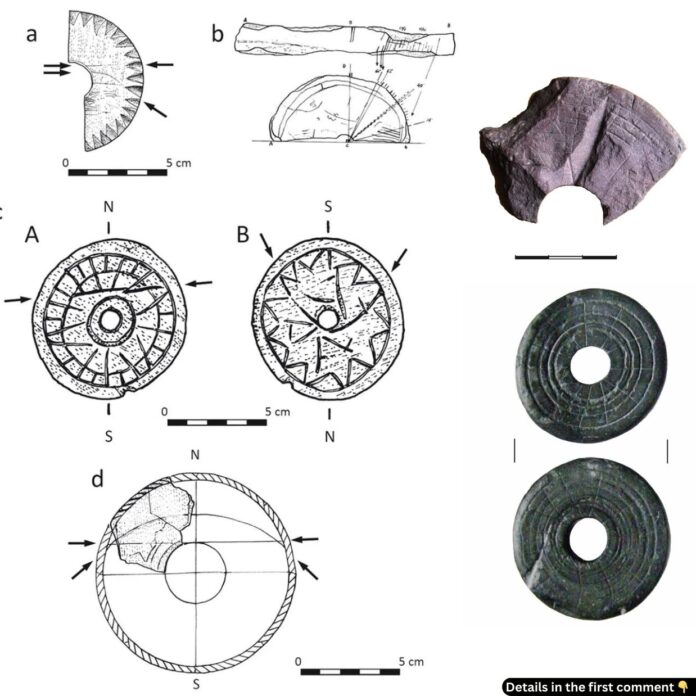The discovery of eight enigmatic medieval stone disks in Ukraine has reignited debates among archaeologists and historians. These artifacts, crafted from pyrophyllite slate between the 12th and 13th centuries, boast intricate engravings and designs that hint at a more profound purpose. Could these seemingly simple objects be linked to the sophisticated navigational tools used by Viking seafarers? A recent study suggests they might indeed have served as solar compasses—a breakthrough that could reshape our understanding of medieval navigation and cultural exchanges.
The Discovery of the Stone Disks
Unearthed from key medieval settlements such as Kyiv, Listven, and Liubech, the disks are made of pyrophyllite, a soft, workable mineral abundant in the Ovruch region of Ukraine. Measuring approximately the size of a modern-day coaster, these artifacts feature sharp engravings of concentric circles, radial lines, and central holes. Initially, archaeologists speculated that the disks were used as calendars, needle sharpeners, jewelry-making tools, or even furniture decorations. However, their precise designs and features prompted further investigation, leading to an intriguing new hypothesis.
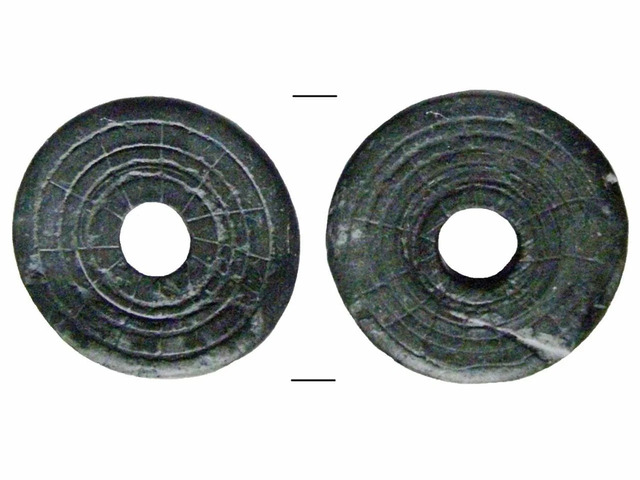
Video
Discover the medieval stone disks found in Ukraine, which could be Viking solar compasses – watch the video to explore this intriguing potential connection to Viking navigation!
Viking Influence in Medieval Ukraine
The Vikings’ presence in Eastern Europe is well-documented, with their arrival in the Baltic and Black Sea regions dating back to the 8th century. Referred to as Varangians, these Scandinavian traders and warriors established settlements and trade routes that connected the Baltic to the Byzantine Empire, famously known as the “Varangians to the Greeks” route. Along these paths, they introduced advanced technologies, including their renowned navigation tools.
The recent study published in Sprawozdania Archeologiczne highlights how the stone disks’ design aligns with Viking solar compasses. These tools, used to navigate vast seas, relied on the Sun’s position and a gnomon (a stick casting a shadow) to determine direction and latitude. While most Viking solar compasses discovered to date were made of wood or bone, the Ukrainian disks may represent a local adaptation of this technology.
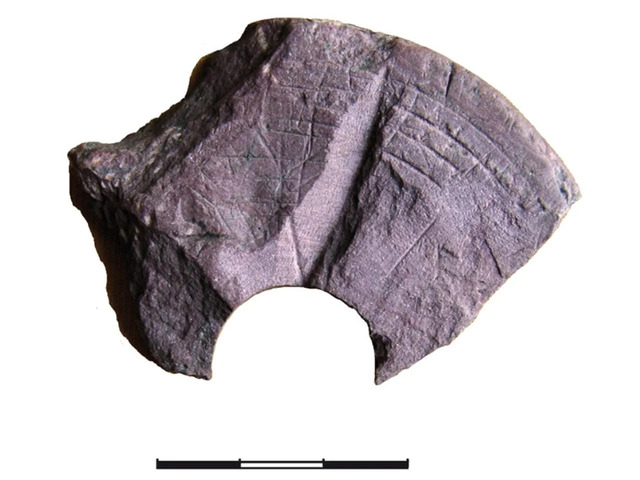
How Viking Solar Compasses Worked
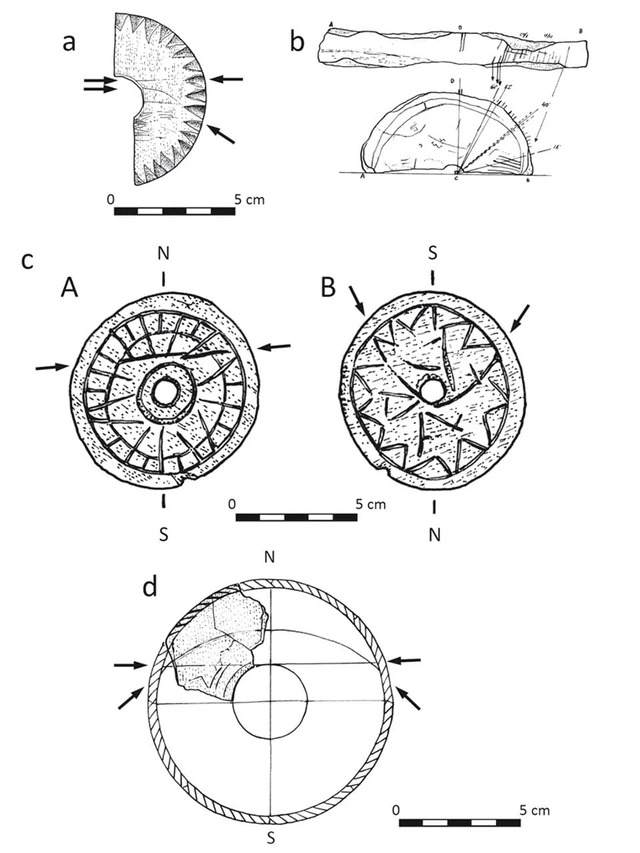
Viking solar compasses were ingenious devices that enabled navigation even in challenging conditions. The compass consisted of a flat dial marked with lines and a gnomon that cast a shadow. By aligning the shadow with specific markings, sailors could determine their direction relative to the Sun. This tool was especially useful during the long summer days in the northern hemisphere when the Sun remained visible for extended periods.
The Ukrainian stone disks share several features with these compasses. For instance, their central holes and engraved radial patterns suggest they could have been used to draw temporary gnomonic lines with erasable materials like chalk or charcoal. This adaptability would have allowed users to adjust the tool for different latitudes as they traveled. Additionally, the disks’ size and portability make them practical for seafaring purposes.
Evidence Supporting the Solar Compass Hypothesis
The study’s authors, Olena Veremeychyk and Olga Antowska-Gorączniak, conducted detailed measurements and surface analyses of the disks. They found striking similarities between three of the Ukrainian artifacts and Viking solar compasses previously discovered in Greenland and Poland. These parallels include the disks’ diameter, engraved patterns, and potential functionality.
Moreover, the origin of the raw material—pyrophyllite—points to local manufacturing, suggesting that Ukrainian craftsmen might have adopted and adapted Viking designs. This blend of local resources and Scandinavian technology exemplifies the cultural and technological exchanges facilitated by the Vikings’ expansive trade networks.
Alternative Theories
Despite the compelling evidence, not all researchers are convinced that the Ukrainian disks were used as solar compasses. Critics argue that the artifacts lack certain features common to Viking navigational tools, such as permanent markings for equinoxes and solstices. Additionally, no gnomons or related components have been found alongside the disks, raising questions about their functionality as navigational instruments.
Other potential uses for the disks remain plausible. For example, they could have served as craft tools, fishing floats, or even symbolic objects with ritualistic or decorative purposes. Historical examples of similar artifacts, such as a wooden disk from Greenland, demonstrate the wide range of possibilities and the challenges in definitively determining their purpose.
The Need for Further Research
To resolve these uncertainties, the study’s authors emphasize the importance of further archaeological analysis. Detailed surface wear studies, experimental reconstructions, and laboratory experiments could provide additional insights into how the disks were used. Such investigations could also help clarify their chronology and cultural significance.
Experimental archaeology, in particular, offers a promising approach. By recreating the disks using traditional methods and testing their functionality as solar compasses, researchers could better understand their potential role in navigation. Additionally, comparative studies with other Viking artifacts may shed light on the extent of Scandinavian influence in medieval Ukraine.
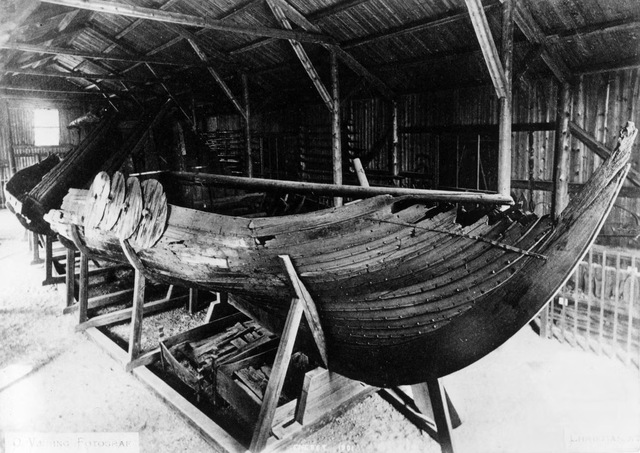
Cultural and Historical Implications
If the Ukrainian disks are indeed Viking solar compasses, their discovery has profound implications for our understanding of medieval history. It would confirm that the Vikings’ navigational expertise extended beyond Scandinavia and influenced communities along their trade routes. This finding would also highlight the technological ingenuity of medieval societies and their ability to adapt and innovate using shared knowledge.
Furthermore, the artifacts underscore the interconnectedness of the medieval world. The exchange of ideas, technologies, and cultural practices between Scandinavia and Eastern Europe demonstrates the complexity of historical interactions and the far-reaching impact of the Vikings’ maritime activities.
Video
Uncover the mystery of the jade discs in this National Geographic video – watch to explore the ancient origins and significance behind these intriguing artifacts!
Conclusion
The medieval stone disks found in Ukraine remain an enduring mystery, but recent research has opened new avenues for understanding their purpose. Whether they were solar compasses, craft tools, or symbolic objects, these artifacts offer a glimpse into the ingenuity and adaptability of past societies. As archaeologists continue to investigate their origins and functions, these disks remind us of the rich cultural and technological heritage that connects us to our ancestors. The journey to unravel their secrets is far from over, promising exciting discoveries that will deepen our appreciation of history and its many mysteries.
